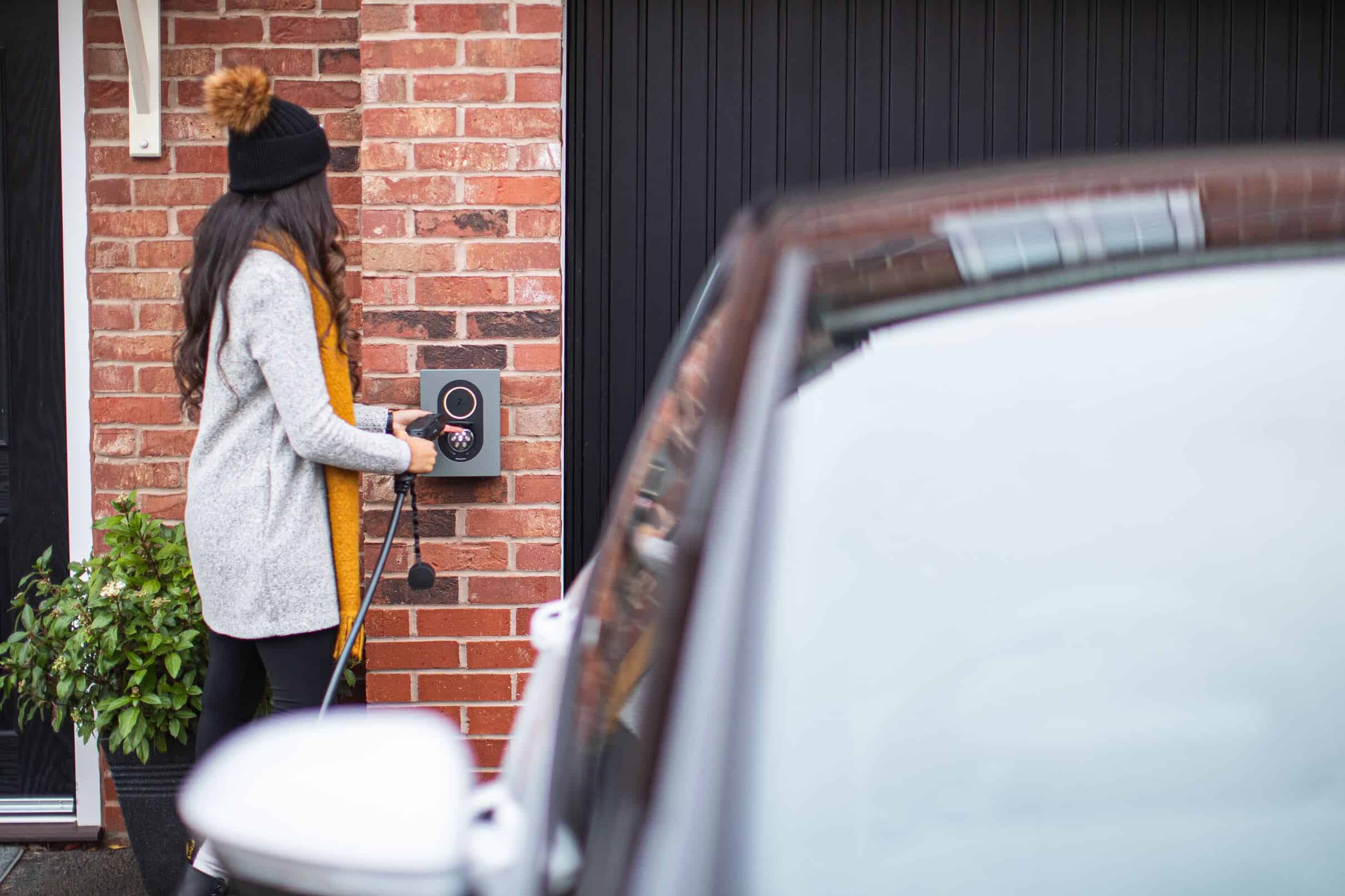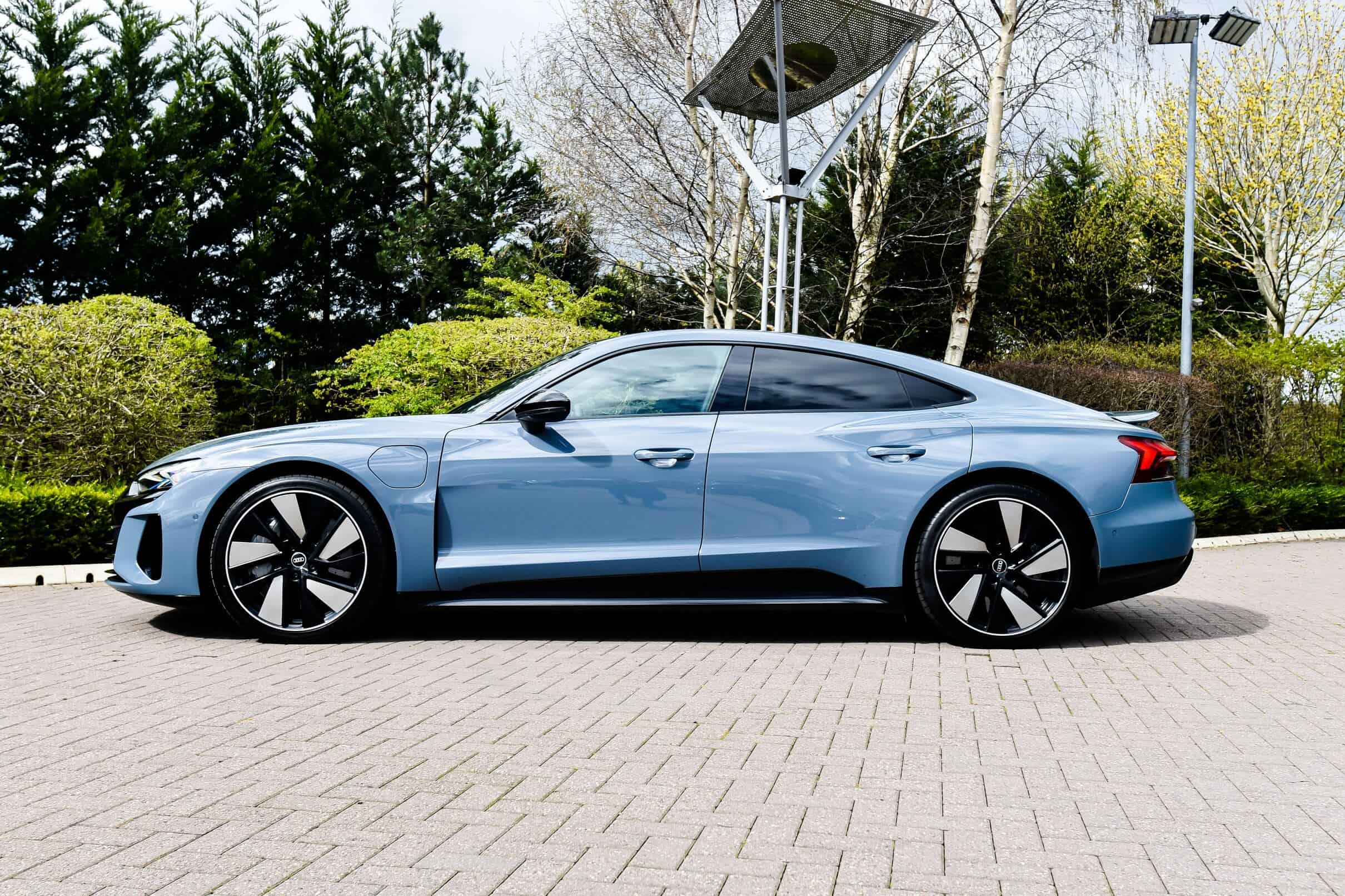Introduction

The automotive industry is undergoing a transformative shift towards sustainability, with electric vehicles (EVs) at the forefront of this revolution. Audi, a brand renowned for its luxury and performance, is no exception. In a bid to align with the global push towards electrification, Audi has announced that the beloved Audi A3 will receive an electric successor on the Modular Electrification Toolkit (MEB) platform by 2027. This move not only marks a significant step in Audi’s electric vehicle journey but also has implications for car finance, the used car market, and other Audi models.
The Evolution of Audi A3
The Audi A3 has been a staple in Audi’s line-up for decades. Loved for its compact size, premium features, and exceptional driving experience, the A3 has been a top choice for many luxury car enthusiasts. As the automotive industry pivots towards sustainable mobility solutions, Audi has recognized the need to transform its iconic A3 into an electric vehicle.
The shift from traditional internal combustion engines (ICE) to electric powertrains is part of Audi’s broader strategy to reduce its carbon footprint and cater to the growing demand for electric cars. This transition aligns with Audi’s commitment to carbon neutrality by 2050, a goal set to address the concerns of climate change.
Audi’s Electric Ambitions
A photograph of a woman confidently using an electric car charger at a charging station. She holds the charger’s plug with one hand and is about to connect it to the car’s charging port. The electric vehicle is parked neatly beside the charging station. The woman appears relaxed and eco-conscious, highlighting the convenience of electric car charging.
Audi’s electric ambitions have been on full display in recent years. The brand has made substantial investments in EV technology, and its E-Tron line-up, including the E-Tron and E-Tron Sportback, has been well-received in the market. By extending its electrification efforts to the Audi A3, the company aims to make EVs more accessible to a broader range of consumers.
The MEB Platform: A Game-Changer
The choice of the MEB platform for the Audi A3’s electric successor is significant. Developed by Volkswagen Group, the MEB platform is designed specifically for electric vehicles, allowing for greater flexibility in design, performance, and cost-effectiveness. This platform has already been used for popular EVs like the Volkswagen ID.3 and ID.4, which have garnered attention for their impressive range and features.
By adopting the MEB platform, Audi can leverage the technological advancements and economies of scale achieved within the Volkswagen Group. This move is expected to result in a more competitively priced electric Audi A3, which will appeal to a wider range of consumers.
Car Finance and the Electric Audi A3
The transition to electric vehicles raises questions about car finance. As electric cars typically have a higher upfront cost compared to their ICE counterparts, consumers may wonder about the affordability of an electric Audi A3.
However, car finance options are evolving to accommodate the electric revolution. Many financial institutions and automakers now offer favourable financing terms for electric vehicles, including lower interest rates and extended loan terms. Additionally, government incentives and tax credits for EV purchases can significantly reduce the overall cost of owning an electric Audi A3.
Moreover, the reduced operational costs of electric vehicles, such as lower maintenance and fuel expenses, can make financing an electric Audi A3 a financially savvy choice in the long run. As more consumers become aware of these financial benefits, the transition to electric cars becomes increasingly appealing.
Implications for the Used Car Market
The introduction of an electric Audi A3 will inevitably impact the used car market. As older ICE Audi A3 models are phased out and replaced by electric successors, the availability and pricing of used A3s may fluctuate.
In the short term, there may be an increase in demand for existing ICE Audi A3 models, particularly from consumers who prefer traditional internal combustion engines or who are seeking a more budget-friendly option. This could temporarily drive up the prices of used ICE A3s in the market.
However, as the electric Audi A3 gains traction and the charging infrastructure continues to expand, the resale value of ICE A3s may gradually decline. It’s essential for potential buyers and sellers in the used car market to stay informed about these trends and make informed decisions.
Other Audi Models and Electrification

The electrification of the Audi A3 is part of a broader trend within the Audi brand and the automotive industry as a whole. Audi has announced plans to electrify its entire line-up by 2026, with at least 20 fully electric models in its range by 2025. This includes electric SUVs, sedans, and performance-oriented models.
Audi’s embrace of electric mobility extends beyond the A3, with the E-Tron and E-Tron GT models already showcasing the brand’s commitment to high-performance electric vehicles. These models offer a glimpse of Audi’s electric future, combining luxury, performance, and sustainability in one package.
Conclusion
The announcement of an electric successor to the Audi A3 on the MEB platform by 2027 is a significant step in Audi’s journey toward electrification. This move has far-reaching implications for car finance, the used car market, and the future of Audi’s line-up. As electric vehicles become more accessible and affordable, consumers can expect to see a broader range of electrified Audi models, offering luxury, performance, and sustainability in equal measure. The automotive industry’s transformation is well underway, and Audi is committed to being at the forefront of this exciting evolution.





